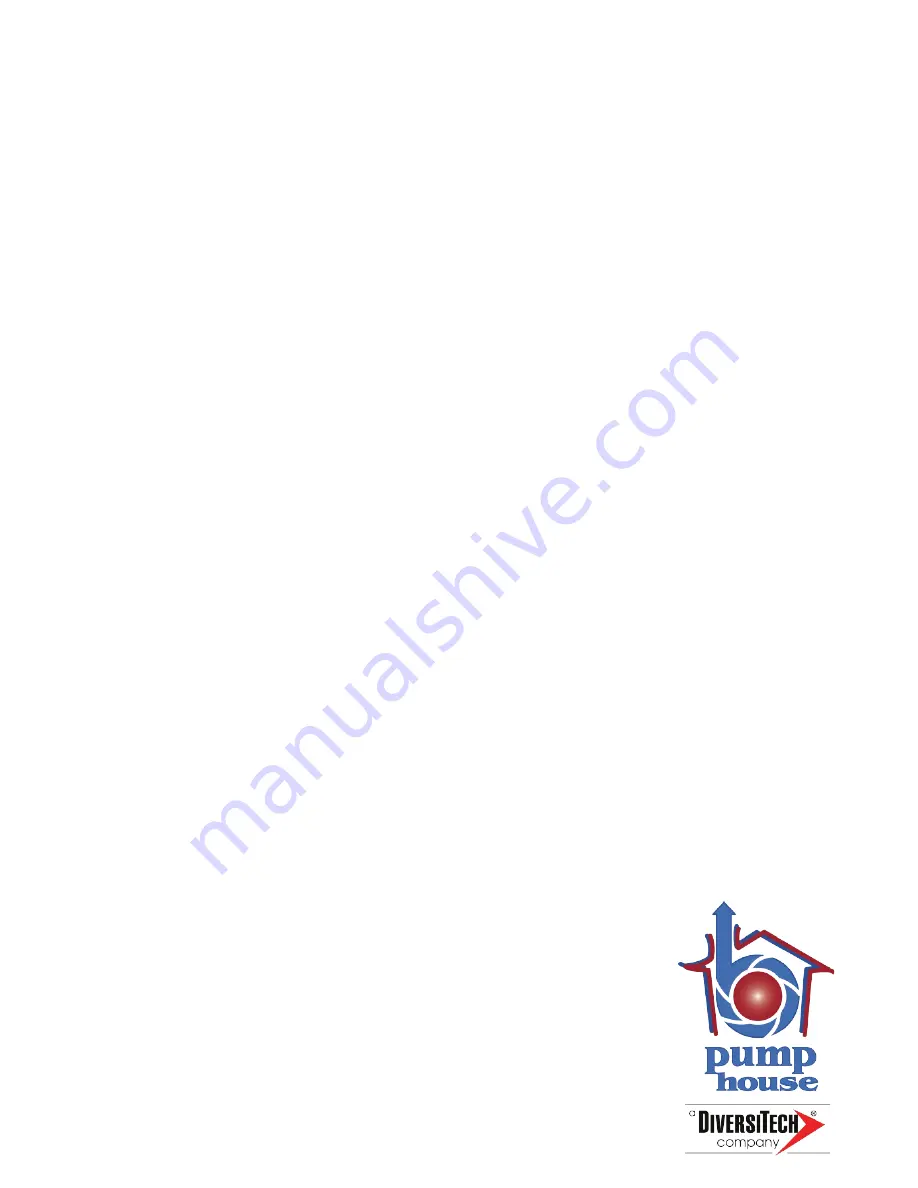
5. WATER DRAIN CONNECTIONS
Inlet Water Connections
5.1 Position the pump beneath the boiler so that condensate water flows into the pump inlet freely (use any of the three
openings provided).
5.2 The inlet pipe should be positioned as close to the bottom of the tank as possible and the bottom cut at an angle of
greater than 30˚ to ensure the free flow of the condensate from the boiler.
5.3 Keep plugs in unused pump inlet openings to prevent debris from falling into the pump tank.
Outlet Water Connections
5.4 Connect the supplied 9mm tubing to the discharge adapter. For best results, secure tubing with clamp
but do not pinch, kink or restrict the tubing in any way.
5.5 Tubing should rise vertically but not exceed the maximum shut off head (pumping height) of 5.5 metre above the pump.
5.6 At highest point angle tubing horizontally and create a downward slope to drainage point. Do not bend sharply or twist
the tubing in a way that might result in collapse or restriction of the tubing. Creating a downward slope will allow water
to drain by gravity and keep tubing empty of water.
5.7 If not possible to create a downward slope, try to create an inverted "U" trap directly above the pump at the highest point.
6. COMMISSIONING & MAINTENANCE
6.1 Before servicing the pump, disconnect the electric power at the fuse box for both the pump and the boiler.
6.2 Upon commissioning, check for debris in the drain pan. Remove any material that might block the drain line or drain into
the pump tank.
6.3 It is recommended that the pump be checked every six months for proper operation. It is important to check for
debris, which may cause a blockage to the pump discharge adapter/non-return valve. Check for proper free movement
of pump float and switch and check for free, unristricted movement of motor and fan
6.4 Clean the holding tank and float with warm water and mild soap. Rinse completely when finished.
6.5 Check the inlet and outlet piping. Clean as necessary. Be sure there are no kinks in the outlet line that would inhibit
or restrict flow.
7. TESTING
7.1 Turn on power.
7.2 Lift the motor/tank cover assembly off the tank and hold level.
7.3 Test motor switch by raising motor switch float with finger. Motor should turn on before float contacts underneath side
of cover.
7.4 Replace motor/tank cover assembly on tank. This pump is designed for use with condensing boiler and furnace
condensate removal applications. Caution must be taken to ensure acidity of condensate does not increase below the
average pH of 2.8 (to prevent localized pocket of acid that acts like a battery causing pitting) by routinely cleaning or
For more information please contact:
Pump House
Glaisdale Drive East
Nottingham
NG8 4LY
Tel: 0115 900 5858 Fax: 0115 929 4468
E-mail: sales@pumph.co.uk
Website: www.pumph.co.uk
flushing tank with fresh water.
Summary of Contents for PH-20-STA
Page 4: ......






















